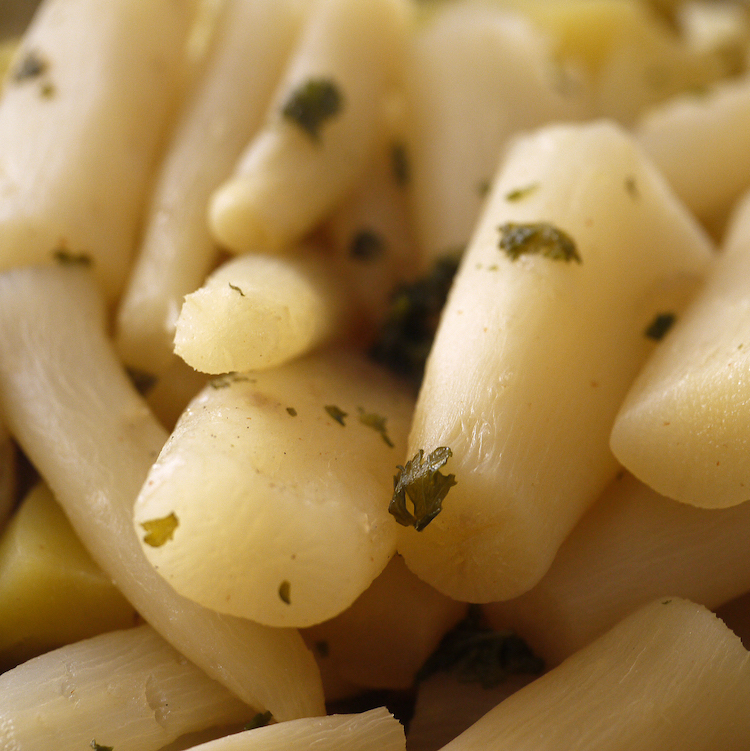Classification: Species
Synonyms / homonyms: Tragopogon
Common names: goatsbeard, common salsify, oyster plant
How to Grow Salsify
Salsify is a root crop similar to a parsnip that can be harvested over winter. It is part of the sunflower family and related to a number of common wild flowers. There are a number of varieties and species - purple, white and black - with skins to match. White Salsify is native to the Mediterranean area and became popular in both Italy and France. It's part of the dandelion family and has an oyster taste when cooked hence why some call it the oyster plant.
It also tastes a bit like artichoke
Seeds can be sown direct into the group about 1cm depthand allow 2cm each way. You will be thinning these out once the plant is about 10cm high and you should look for a final distance between plants of around 20-25cm.
The plant has a strong taproot and milky sap.
Sew in the spring and expect seedlings to appear up to three weeks.
Culinary uses for Salsify
Young shoots of purple salsify are edible as well as the young leaves.
It can be delicious cooked with celeriac and mushrooms.
As a side dish on it's own prepare the salsify on it's own wash under cold water and remove all the dirt. Prepare a bowl of water with lemon juice in it, once peeled the vegetable discolours quickly to a brown colour. Trim both ends and peel. The vegetable can be chopped and boiled for 6-8 minutes until soft. Add a knob of butter, chopped parsley, salt and pepper.
Nb. you may want to wear gloves during preparation as it has a milky residue.
